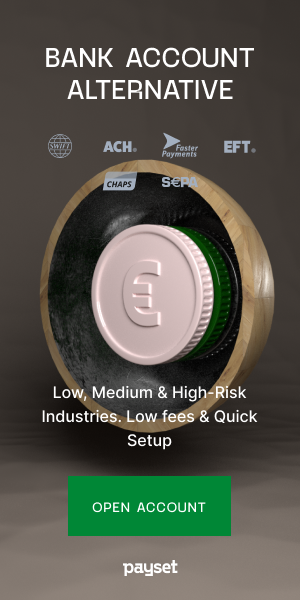The size of the Ethereum Blockchain is not stagnant. It changes and grows constantly. Unlike Bitcoin for example which has a fixed expansion rate, Ethereum expands according to demand.
Ethereum is a Blockchain just like Bitcoin. The main difference is that Ethereum is not just a ledger of accounts, you can also build more code into the transactions and create “Smart Contracts”. Both Blockchains are completely public and anyone can connect to them and interact with them. Both use proof-of-work to verify blocks (although this may change), which, in very simple terms, means computers use power to solve a puzzle to prove the block is valid. The other differences affect the size of the Blockchain.
These differences in size make the Ethereum Blockchain about double the size of the Bitcoin Blockchain with the growth of the Ethereum Blockchain expected to continue to outpace Bitcoin dramatically. As of 2017 Ethereum blocks are completed at approximately 14-second intervals while Bitcoin takes 10 minutes to complete a block. So already Ethereum is growing and at an exponentially faster rate. Another thing to consider is the size of each block. Bitcoin’s block size is set to 1mb whereas Ethereum’s block size is dependent on the complexity of the contracts their size is not fixed. Finally, Bitcoin tops out at 21 Million BTC and Ethereum does not have a cap, in theory, it could keep growing forever and balloon out of control.
Some numbers to consider:
- Approximately 100 000 new accounts are created per day
- Most Ethereum blocks are around 2mb
- A new Ethereum block is created every 14 seconds
- 18 Million Ether are mined every year
- 72 million Ether were generated at launch
So now that we know the general size of the Ethereum Blockchain the question is why does it matter? Users are already complaining that just running a full node wallet platform on their desktop takes too much space. Also as the size of the Blockchain increases mining and verifying transactions takes that much more consumption power. Basically, the bigger the blockchain gets the more computers it will need to maintain it. There are various solutions being proposed to this problem.
One of the solutions being proposed is called ‘Sharding’. This method would divide the chain into groups of nodes making it easier to manage. Not everyone on the network would be verifying and recording everything. However, this brings up a new set of issues. The entire notion of the Blockchain is that everything is permanent and interdependent. If the Blockchain is split into subsections, will the whole thing just fall apart?
How many Ether are there?
As of the end of 2017, there were about 96 Million Ether in circulation, and 5 New Ether are created with each block, meaning 5 Ether are created about every 14-15 seconds. There is no cap to the Ethereum Blockchain. Blockchain can continue at this pace forever. Many speculators have suggested that eventually, the supply will outgrow the demand and the value of Ether will start a downward cycle and even eventually arrive at the value of zero. It is anyone’s guess how this rate of growth will affect the future of the currency. Currently, Ethereum is used in numerous online contexts, including everything from Australian online roulette to NFT purchases. In addition, Ethereum mining sites like Rollercoin continue to proliferate.
It’s important to understand what this means. If 18 million Ether are created each year, and the initial release was only 72 million, that means its inflation rate for the first year was 25%. Some have predicted that at that rate of inflation, Ethereum will be completely worthless within 5 years of creation.
What’s the solution? Ethereum developers predict that as the competition grows, it will become increasingly difficult to process (solve) a block. Specifically, they believe that the 14-second block time in 2017 will change to 15 seconds by 2018 and then sharply rise to 30 seconds in 2019. This will reduce the inflation rate. If each block produces approximately 5 Ether, it will take drastically more time to do this in the near future.


